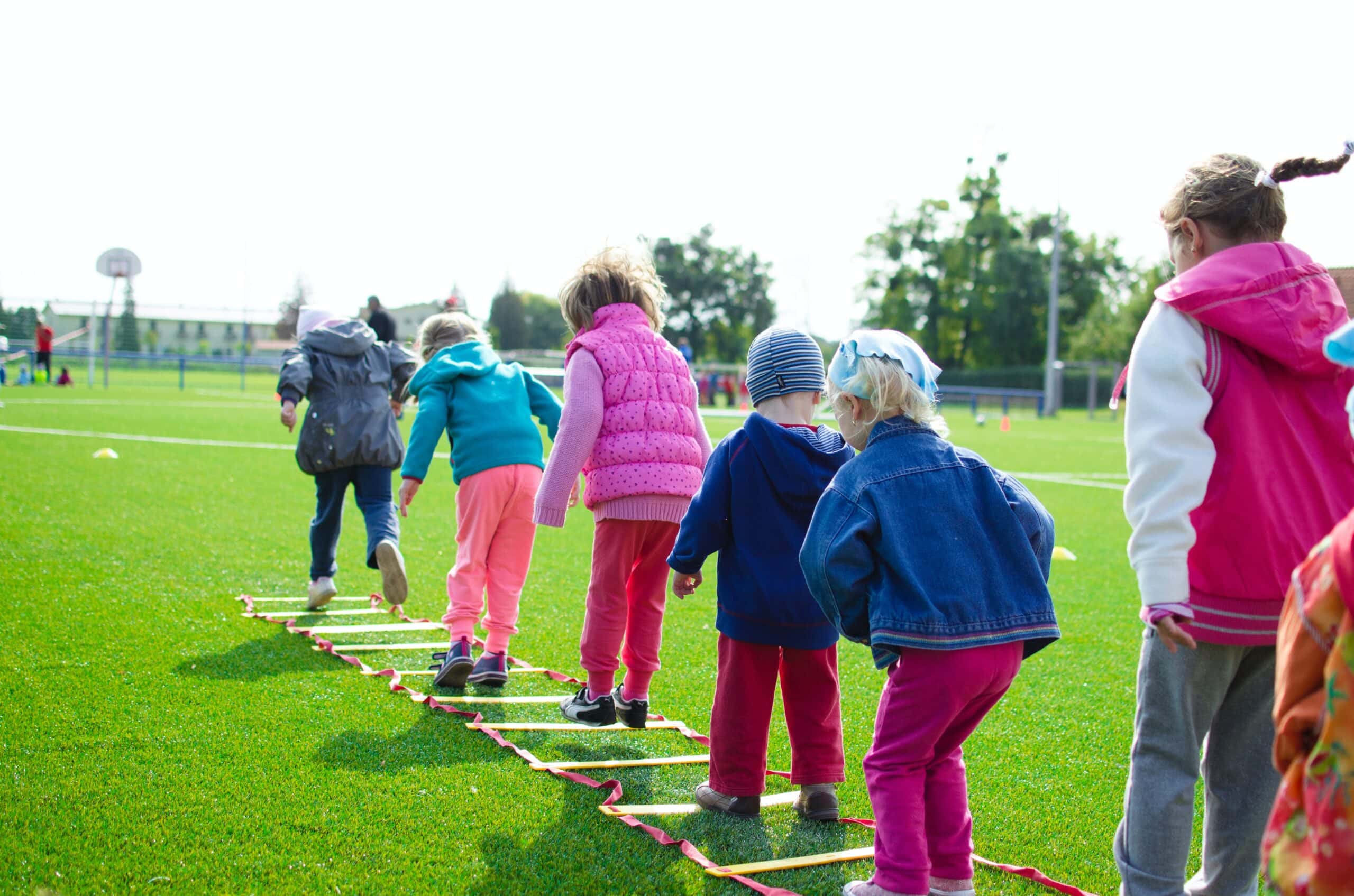What is the difference between safeguarding and child protection?

Safeguarding and child protection; are they the same thing?
All organisations and individuals that works with children have a responsibility to look out for their welfare and best interests.
An important part of this role is to understand the policies and procedures that are in place to protect children.
Safeguarding and child protection are two terms that are often used interchangeably but don’t refer to the same thing. Do you know the difference between the two?
In this article, we will explore the important role that both safeguarding, and child protection play in keeping the children in our society safe from harm, and the key differences between the two.
What is safeguarding for children?
Safeguarding is the process of looking after the most vulnerable people in our society, to protect them from harm, abuse, neglect, or exploitation.
Children under the age of 18 are particularly vulnerable. Safeguarding children helps to ensure their welfare and prevent harm to either their health or development, allowing them to grow up in an environment that will give them a good start in life.
The process of safeguarding children can mean implementing and following a variety of different procedures and best practices, depending on the situation and the setting.
What does safeguarding set out to achieve?
Safeguarding processes are designed to achieve the following:
- Protect children from abuse and maltreatment.
- Prevent harm to children’s health or development.
- Ensure children grow up with the provision of safe and effective care.
- Enable all children and young people to have the best chance in life.
What does safeguarding involve?
A successful child safeguarding policy is usually overseen by a trained and experienced individual called the safeguarding lead for children.
Some of the policies and procedures that may be employed to successfully safeguard children include:
- Training all employees in safeguarding children.
- Creating a safe environment for children.
- Teaching children about safety.
- Strictly vetting individuals before employing them to ensure they don’t pose any risk to children.
- Identifying vulnerable and at-risk children.
- Training employees in how to safely and professionally report any concerns they have.
Who is responsible for safeguarding children?
Every organisation and individual who encounters children have a responsibility to safeguard them. Safeguarding children is particularly important in education and healthcare settings.
Effective safeguarding in schools, hospitals, care settings, nurseries, and playgroups is vital to protecting vulnerable children. Individuals employed in these settings should be professionally trained to help them to carry out their role in safeguarding children confidently.
What is child protection?
Child protection refers to the system and laws that are in place to keep vulnerable children safe from harm.
The child protection systems in place are slightly different depending on whether you are in England, Scotland, Wales, or Northern Ireland.
In England, the child protection system is set out by the Department for Education.
What does child protection achieve?
Child protection refers to the procedure that takes place once a child or young person has been identified as being at risk. This could because they have experienced some form of harm, abuse, neglect, or exploitation.
This is done by:
- Identifying vulnerable children.
- Investigating and assessing child welfare concerns.
- Putting child protection measures in place.
Investigating and assessing child welfare concerns
When concerns about a child’s safety are reported to the child protection system, the case is first investigated and assessed to ensure that the response is appropriate. What happens next depends on whether the child is deemed to be in immediate danger.
If a child is in immediate danger this could involve:
- Removing the child to a safe place for up to 72 hours.
- Taking action through the courts to protect the child where necessary.
This could be by gaining one of the following:
- Emergency protection order
- Exclusion order.
- Child assessment order.
If the child is not in immediate danger a local authority social worker will decide the most appropriate next steps, this could involve:
- Assessing the child’s needs under sections 17 and 47 of the Children Act 1989.
- Determining any services that would benefit the child or family.
- Determining if any further specialist assessments are required.
- Holding a child protection conference.
Child protection measures
Next, measures may be put in place to protect the child, this could include:
- Creating a child protection plan
- Care proceedings
- Voluntary accommodation
- Court case
- Care orders
Who is responsible for child protection?
As well as the Social Services, there is a wide range of other agencies that may get involved at this point to provide protection, support, and monitoring for the child at risk.
Some of the social sectors that are regularly involved in child protection include:
- Social welfare
- Health
- Education
- Security
- Justice
What are the differences between safeguarding and child protection?
Whilst safeguarding and child protection both aim to protect children from coming to harm, there are some key differences between the two.
Safeguarding procedures and practices are primarily concerned with protecting children and preventing them from coming to harm.
On the other hand, the child protection system describes the laws, policies, regulations, and services that are in place to help respond once children have already experienced harm.
So, safeguarding prevents, whilst child protection protects.
Child protection is a system run by key agencies to help protect vulnerable children, so it is part of the wider safeguarding practice.
Safeguarding training with CBAT
Safeguarding training is important for every organisation, but particularly those that work with children.
Here at Care Business Associate Training, we offer a range of professional safeguarding training courses to provide employees with the knowledge and understanding they require to provide effective protection to the most vulnerable people in our society.
Browse our courses online or speak to a member of our team by calling 01772 816 922 or admin@cba-training.co.uk.